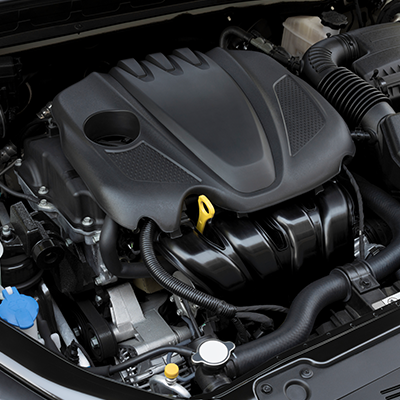Valve seals replacement

Valve seals prevent the oil lubricating the valve control system from getting into the cylinders. When the seals fail the oil is combusted together with the fuel. Consequently, the engine suffers from damages caused by the carbon settling in the combustion chamber and the plugs wear prematurely. The most common symptom of a valve seal failure is a significant oil loss and a distinct, blue colour of the exhaust gas.
Tips
- When changing the valve seals you should also change the timing belt
- You can tell a valve seal failure by the blue colour of the exhaust gases coming out of the tail pipe
Scope of services
- Removing the valve and/or cylinder head cover
- Replacing the seals
- Replacing the valve cover gasket and/or the cylinder head gasket
- Changing the engine oil and the oil filter
Find a car workshop
Check out our workshops that offer the service valve seals replacement in some of the biggest cities in your country
Additional info about the service
What are valve seals?
Valve seals are small gaskets fitted in the cylinder head, embracing valve stems in order to seal them and prevent the valve control mechanism lubricant from getting into the cylinders.
When should valve seals be replaced?
Leaking valve seals cause lubricant burning, emission of a blue smoke, contamination of spark plugs with the lubricant and formation of carbon deposits in the combustion chamber. Due to the harmful impact of faulty valve seals on the useful life of the engine, they should be replaced as soon as possible.
How are valve seals replaced?
In some engine types they can be replaced by removing the rocker cover, a part of the valve control mechanism, as well as by removing the seals from valve stems with a special tool. In most cases, however, the head and the valve control mechanism have to be removed in order to replace the seals. This repair also requires fitting a new head gasket, rocker cover gasket, and a new timing drive, if it is a belt. It is also necessary to inspect the valve guides - their malfunction may cause damage to the valve stem seals. After the repair the engine is filled with oil and the cooling system with a coolant. If all of the above is performed correctly, the engine should operate properly and show no signs of oil being sucked in by the valve mechanism."